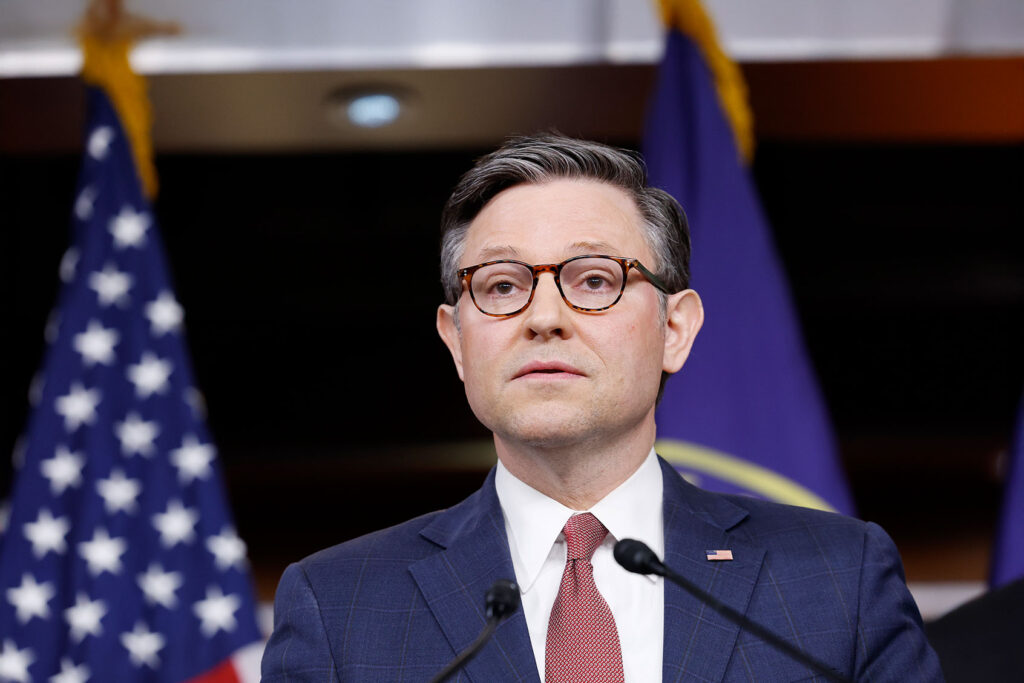
The federal government shutdown, which commenced at midnight on October 1, 2025, has significant implications for the health care system. Major disagreements over health care policies, particularly concerning the Affordable Care Act (ACA) and Medicaid, have led to this latest governmental impasse. This shutdown mirrors previous disputes, such as the one in 2013, which was also fueled by health care policy disagreements.
Democrats are advocating for the extension of subsidies for ACA insurance premiums, which are set to expire at the end of 2025. These subsidies were introduced during the COVID-19 pandemic and resulted in a substantial increase in enrollment in ACA marketplaces. Without this extension, premiums could rise by over 75% in 2026, potentially leaving an estimated 4.2 million Americans without insurance, according to the Congressional Budget Office.
Republicans, on the other hand, are pushing for significant changes to Medicaid, including new work requirements that would require certain adults to engage in work or qualifying activities to retain benefits. Although these requirements are not set to take effect until 2027, they could lead to approximately 5 million people losing their health insurance coverage.
Partisan Divides and Health Care Access
The ongoing stalemate over health care funding highlights a deeper partisan divide. As Republicans and Democrats grapple over these critical issues, the shutdown itself threatens to impede access to necessary health services. The administration of former President Donald Trump has indicated an intention to use the shutdown as an opportunity to reduce federal employment, which could particularly affect health care agencies.
During previous shutdowns, reductions in staffing have led to disruptions in essential health services, including the oversight of nursing homes and support for Medicaid and Medicare beneficiaries. As a result, many Americans may face challenges in accessing necessary care, especially if the shutdown persists.
Currently, the Centers for Medicare and Medicaid Services has confirmed that funding for Medicaid is secure through the end of the calendar year. However, if the shutdown extends beyond this period, states may have to decide whether to continue funding or delay payments to health care providers. Historically, no shutdown has lasted longer than 34 days, but the implications of a prolonged shutdown could be severe.
Potential Consequences for Seniors and Vulnerable Populations
Seniors are particularly at risk during this shutdown. Two key programs that expanded access to telehealth services and home-based care have lost funding. While Social Security payments will continue, providers may hesitate to schedule appointments for Medicare patients if the shutdown persists, due to potential delays in reimbursement.
Community health centers, which provide vital services to approximately 34 million Americans annually, are also facing uncertainty. Although they are expected to receive some funding for now, prolonged negotiations could jeopardize their operations.
While the Department of Health and Human Services has committed to maintaining essential medical services, including the Indian Health Service, the future of various health care programs remains uncertain. The Food and Drug Administration has indicated it will not face immediate cuts, yet the potential for mass layoffs looms over health programs.
The ultimate impact of the shutdown on the health care sector will largely depend on its duration and the administration’s actions. As Simon F. Haeder, Associate Professor of Public Health at The Ohio State University, points out, the longer the impasse lasts, the more profound the effects will be on health care access and services.
As Congress negotiates a resolution, the stakes are high for millions of Americans who rely on federal health care programs. The path forward remains uncertain, but the urgency for a resolution has never been more pressing.






